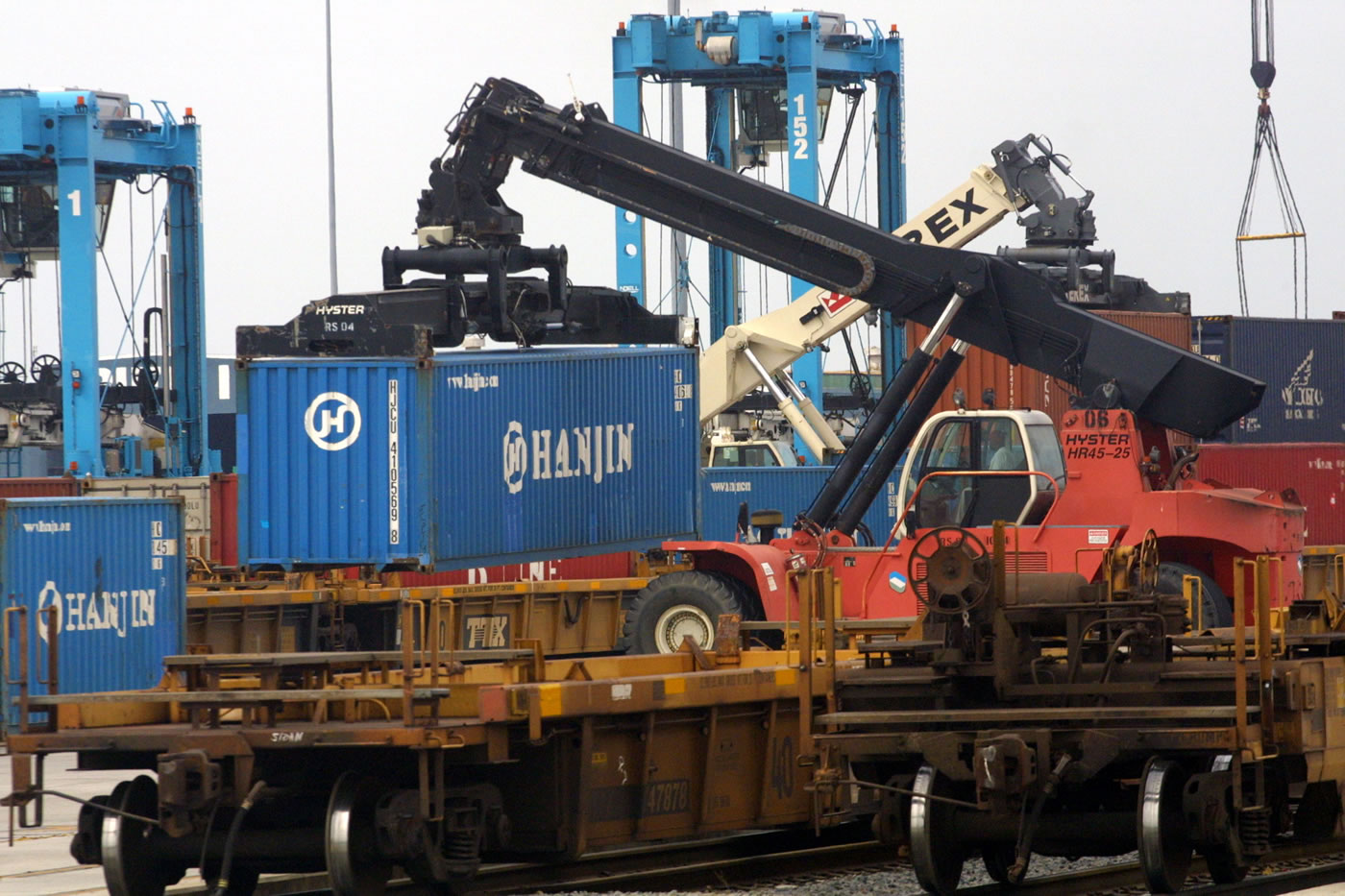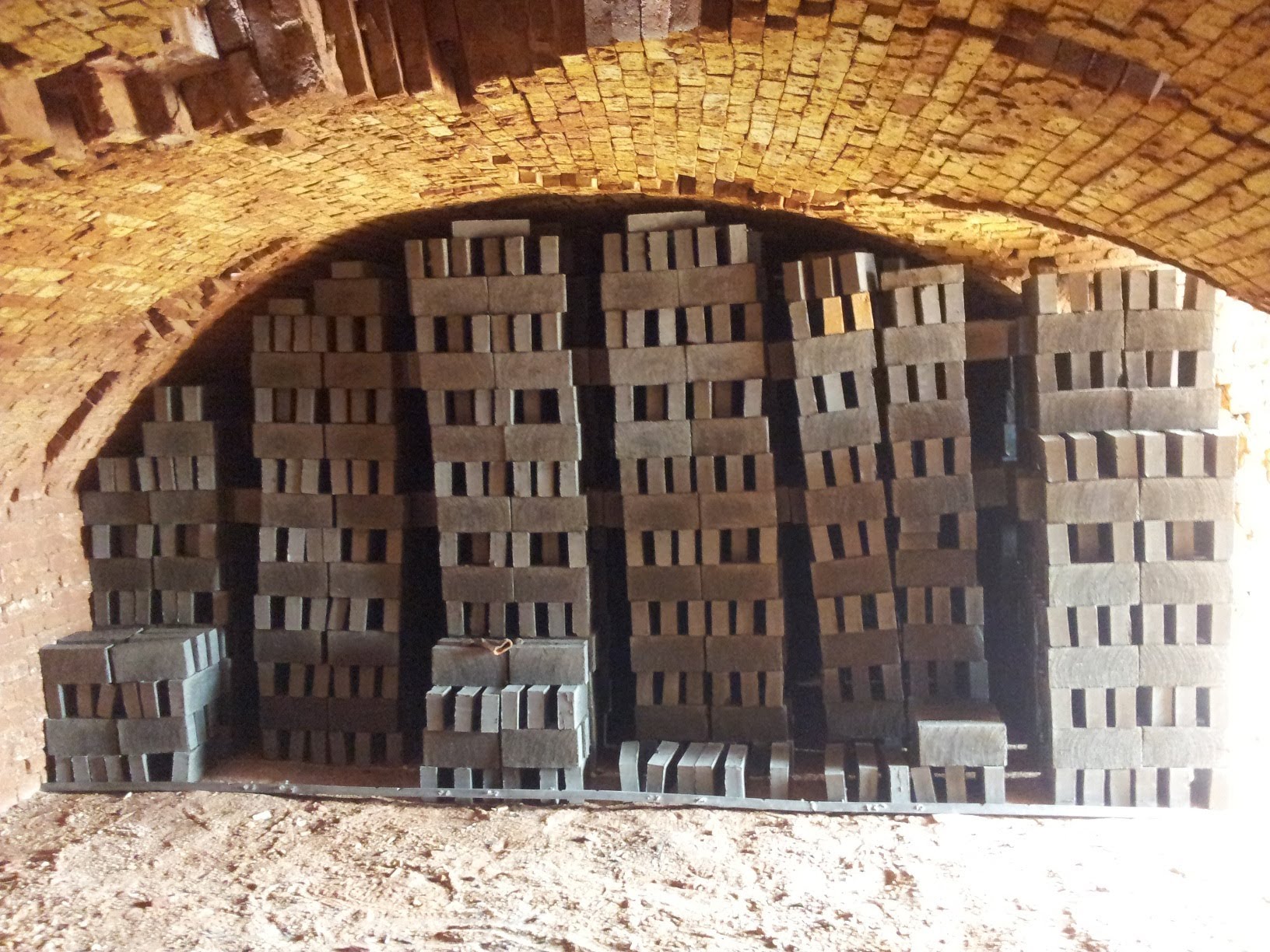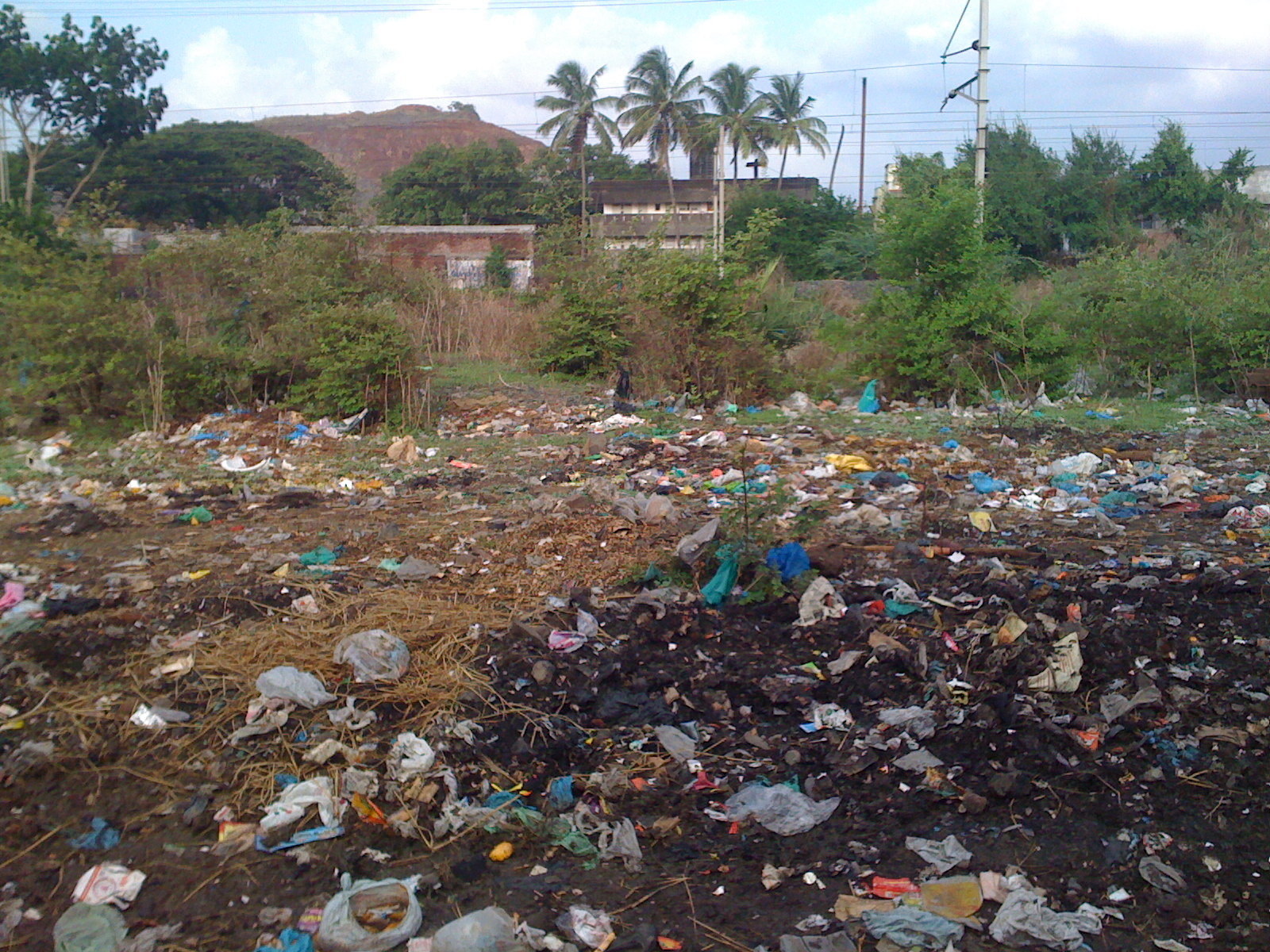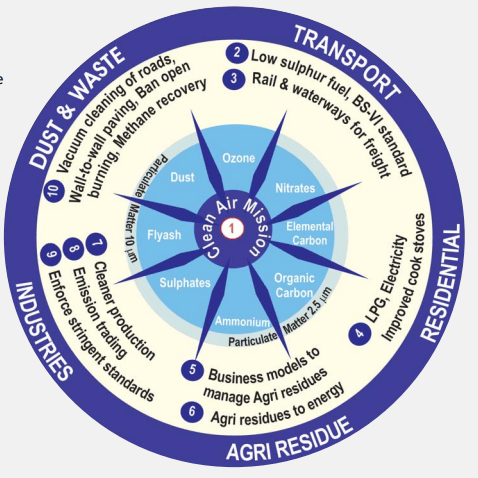It’s interesting to know that many cities of the California state had severe pollution challenge in the 1960s. These challenges are similar to the ones being faced by Indian cities today. With a concerted effort by a team of scientists, technologists, policy makers, and a committed citizenry, California managed to drastically cut its pollution.
This and other practical solutions are listed in a book released by TERI and UC San Diego recently. The free book is titled ‘Breathing Cleaner Air – Ten Scalable Solutions for Indian Cities – A self-organized task force report for the World Sustainable Development Summit, New Delhi, October 2016. The task force chairs were V. Ramanathan, I. H. Rehman and S. Sharma.
A team of experts from India and California collaborated two years ago and produced twelve steps for reducing pollution from the transport sector, which is captured by the author Ramanathan and others.
Download Report – http://www.teriin.org/files/reducing-air-pollution-report/#p=1
- Launching a National Clean Air Mission for Multiscale and Cross-sectoral Coordination This Clean Air Mission [CAM-INDIA] should have the mandate to implement government policies for air pollution mitigation across several ministries dealing with transport, power, construction, agriculture, rural development, and environment, as well as across city and state jurisdictions. The targets for the CAM-INDIA are particles referred to as PM2.5 to PM10 and Ozone. The term PM (particulate matter) denotes a collection of difference species of particles in the air, while the 2.5 or 10 refers to the radius of the particle in dimension of micrometer (millionth of a meter). The most important ones are: ammonium sulphates, ammonium nitrates, black carbon (elemental carbon), organic carbon, fly ash, and dust (mineral and road dust). To emphasize the point about cross-sectoral coordination, the ammonia in ammonium sulphate comes from agriculture while the sulphates come from sulphur dioxide (SO2) emissions from the power and industrial sector. The per cent contribution of each of these particles to PM2.5 or PM10 differs from one location to another, from month to month and at times from one village or city to the next and even, from one day to the next, implying that the science of monitoring, determination of emission inventories, and modeling is crucial to evaluate the efficacy of policies.
The rest of the nine solutions deal with various sectors that contribute to pollution; the technologies required to implement the nine solutions are listed. Each of these solutions requires auxiliary measures and these are described in more details in the sections.
- Transport: Switch to low sulphur fuel (10 ppm) and implement Bharat VI (similar to Euro VI) standards for engine emissions which require tail-pipe controls like diesel particulate filters for PM and selective catalytic reduction for NOx. This will also call for engine optimization and technologies like exhaust gas recirculation. The Government of India has already announced these norms and timely implementation of these norms will be important. We further recommend that legacy vehicles that are still in use are retrofitted with these control technologies. This solution will cut down soot (black carbon) emissions by up to 90% and drastically reduce oxides of nitrogen (NOx which is a main precursor for ozone formation), carbon monoxide (CO), and hydrocarbon emissions.

- Transport: Shift freight transport from road to lower-emission modes such as rail, inland waterways, and coastal shipping.The Government of India places great emphasis on developing railbased and inland waterways freight transport and efforts need to be scaled up. This involves several auxiliary measures as detailed in the subsequent section on solutions. It is relevant to point out that Solutions 2 and 3 will mitigate emissions of primary particles, such as black and organic carbon, and toxic gases such as NOx, CO, and hydrocarbons.

- Residential: Provide cleaner fuels (LPG, Electricity) and biomass stoves with an efficiency of 50% or more and with a forced draft fan to those who cannot afford LPG.This strategy calls for rapidly expanding the access to clean fuels (such as LPG; Electricity) to households reliant on solid fuels. For those who cannot afford LPG in the near term, market access should be increased to biomass/ biogas stoves that are compliant with emission rates recommended by the World Health Organization (WHO, 2014). There is a need to adopt business models to reward women who mitigate emissions from traditional biomass stoves. This solution has the potential to mitigate emissions of black carbon and organic carbon particles by as much as 90% and CO2 emissions by more than 50%.
- Agriculture: Develop business models for collection, transport, and storage of agriculture residues and farm manure.This strategy aims at reducing open burning of agricultural residue, instead, we recomend them to be used as a source of energy. Business models focussing on the economic viability of this strategy are required.

- Agriculture: Convert agriculture residues and farm manure to electricity for rural power and biomass pellets for women who depend on biomass stoves.This strategy aims at developing and customizing gasification technologies for converting agricultural waste into useful energy. Solutions 5 and 6 will eliminate black and organic carbon particles from open fires and reduce ozone formation by cutting methane, VOCs and CO emissions.

- Power and other Industry: Adopt cleaner and efficient production technologiessuch as supercritical technologies in power sector, vertical shaft kilns, hoffman kilns, and tunnel kilns for brick manufacturing. For urban households, it is recomended to improve energy efficiency of room air conditioners. This solution will reduce emissions that produce sulphates, nitrates, and black carbon.
- Power and other Industry: Deploy National Emission Trading Schemes (ETS) with cap and trade for power generation and other large polluting industries.The government is already experimenting with ETS in three industrial clusters in Gujarat, Tamil Nadu, and Maharashtra, which needs to be scaled up.

- Power and other Industry: Implement stringent emission standards to control gaseous pollutants (NOx, SO2) and fine particulate (black carbon and fly ash) emissions from both power plants and big industries. Solutions 7, 8, and 9 will reduce PM levels due to reductions in sulphates, nitrates, fly ash, and black carbon and will also mitigate ozone formation through reduction of NOx.
- Dust and Waste: Implement wall-to-wall paving of streets and vacuum cleaning of roads; enforce ban on open burning of solid waste; manage waste and recovery of methane from landfills.Dust and waste burning are major sources of PM in cities and Solution 10 will drastically cut their contributions to city PM levels.











